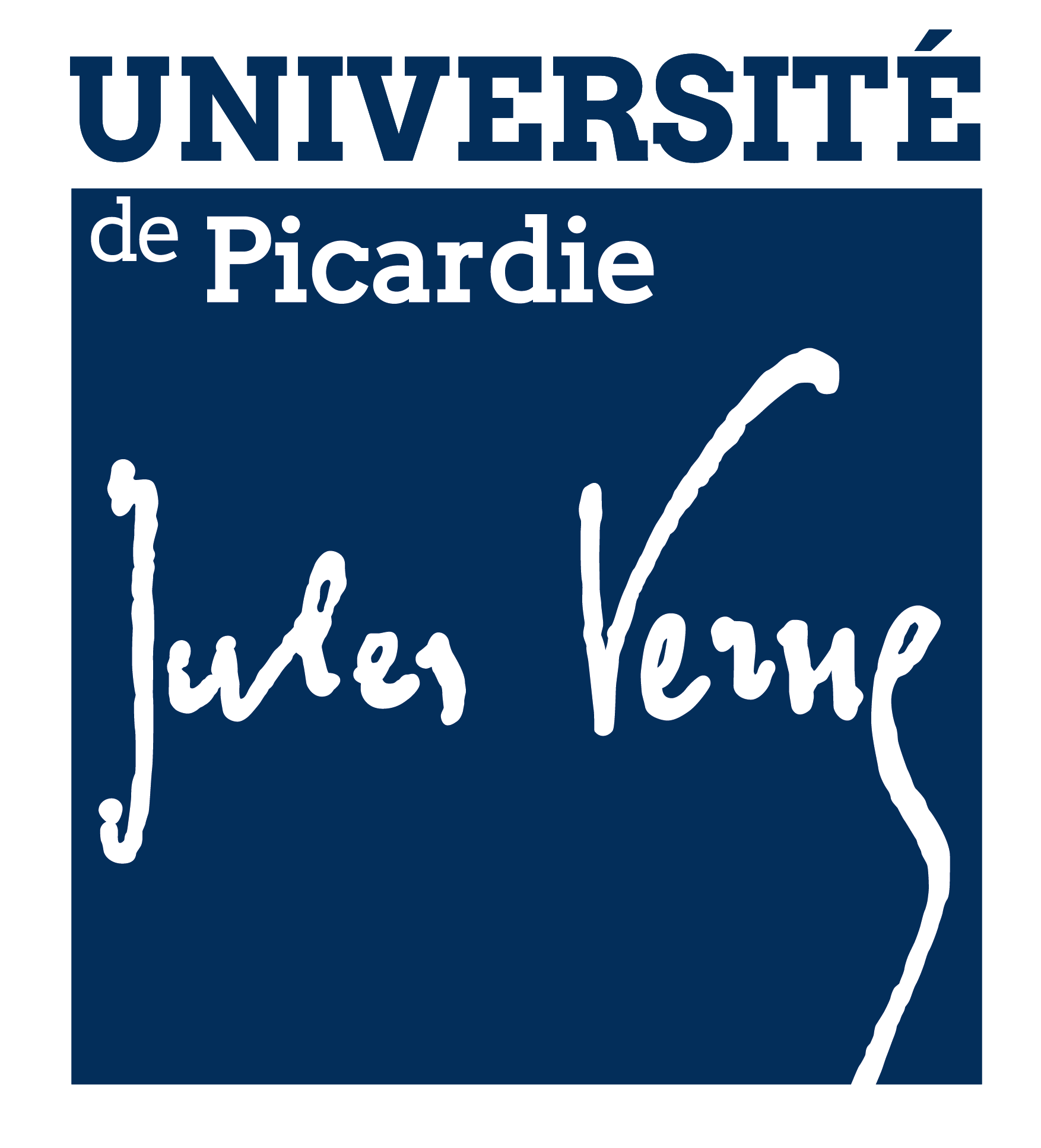Optimising homeothermy in neonates: A systematic review and clinical guidelines from the French Neonatal Society
Pierre Tourneux
(1, 2)
,
Gérard Thiriez
(3)
,
Laurent Renesme
(4)
,
Claire Zores
,
Jacques Sizun
(5, 6, 7)
,
Pierre Kuhn
,
Aurore Allen
,
Frédérique Audeoud
,
Charlotte Bouvard
(8)
,
Anne Brandicourt
,
Laurence Caeymaex
(9, 10)
,
Marie Agnès Duboz
,
Anne Evrard
(11)
,
Christine Fichtner
,
Céline Fischer-Fumeaux
,
Laurence Girard
,
Françoise Gonnaud
,
Petra Hüppi
,
Nadine Knezovic
,
Pierre Kuhn
(12)
,
Elisabeth Laprugne-Garcia
,
Sophie Legouais
,
Fabienne Mons
,
Jean‐baptiste Muller
,
Jean‐charles Picaud
,
Véronique Pierrat
,
Patrick Pladys
,
Audrey Reynaud
,
Laurent Renesme
,
Aline Rideau
,
Jacques Sizun
,
Gilles Souet
,
Gérard Thiriez
,
Marie Touzet
,
Patrick Truffert
,
Charlotte Tscherning
,
Catherine Zaoui
,
Elodie Zana-Taieb
1
PERITOX -
Périnatalité et Risques Toxiques - UMR INERIS_I 1
2 Soins Intensifs de Néonatologie et Médecine Néonatale / Réanimation et Surveillance Continue de Pédiatrie [CHU Amiens]
3 CHU besancon - Service de Réanimation Pédiatrique, Néonatalogie et Urgences Pédiatriques
4 CRCTB - Centre de recherche Cardio-Thoracique de Bordeaux [Bordeaux]
5 Pôle de la Femme, de la Mère et de l’Enfant
6 LNB - Laboratoire de Neurosciences de Brest
7 Equipe SPHERE (CERPOP)
8 Association SOS Prema
9 CHI Créteil
10 UPEC UP12 - Université Paris-Est Créteil Val-de-Marne - Paris 12
11 Association d'usagers, Collectif interassociatif autour de la naissance (CIANE), Paris, France
12 INCI - Institut des Neurosciences Cellulaires et Intégratives
2 Soins Intensifs de Néonatologie et Médecine Néonatale / Réanimation et Surveillance Continue de Pédiatrie [CHU Amiens]
3 CHU besancon - Service de Réanimation Pédiatrique, Néonatalogie et Urgences Pédiatriques
4 CRCTB - Centre de recherche Cardio-Thoracique de Bordeaux [Bordeaux]
5 Pôle de la Femme, de la Mère et de l’Enfant
6 LNB - Laboratoire de Neurosciences de Brest
7 Equipe SPHERE (CERPOP)
8 Association SOS Prema
9 CHI Créteil
10 UPEC UP12 - Université Paris-Est Créteil Val-de-Marne - Paris 12
11 Association d'usagers, Collectif interassociatif autour de la naissance (CIANE), Paris, France
12 INCI - Institut des Neurosciences Cellulaires et Intégratives
Pierre Tourneux
- Fonction : Auteur
- PersonId : 754380
- IdHAL : pierretourneuxu-picardiefr
- ORCID : 0000-0001-8069-4863
- IdRef : 132780739
Laurent Renesme
- Fonction : Auteur
- PersonId : 1233449
- ORCID : 0000-0001-6848-3617
Claire Zores
- Fonction : Auteur
- PersonId : 1233450
- ORCID : 0000-0002-7495-3416
Pierre Kuhn
- Fonction : Auteur
- PersonId : 1233451
- ORCID : 0000-0003-3132-481X
Aurore Allen
- Fonction : Auteur
Frédérique Audeoud
- Fonction : Auteur
Anne Brandicourt
- Fonction : Auteur
Laurence Caeymaex
- Fonction : Auteur
Marie Agnès Duboz
- Fonction : Auteur
Christine Fichtner
- Fonction : Auteur
Céline Fischer-Fumeaux
- Fonction : Auteur
Laurence Girard
- Fonction : Auteur
Françoise Gonnaud
- Fonction : Auteur
Petra Hüppi
- Fonction : Auteur
Nadine Knezovic
- Fonction : Auteur
Elisabeth Laprugne-Garcia
- Fonction : Auteur
Sophie Legouais
- Fonction : Auteur
Fabienne Mons
- Fonction : Auteur
Jean‐baptiste Muller
- Fonction : Auteur
- PersonId : 1126102
Jean‐charles Picaud
- Fonction : Auteur
Véronique Pierrat
- Fonction : Auteur
Patrick Pladys
- Fonction : Auteur
Audrey Reynaud
- Fonction : Auteur
Laurent Renesme
- Fonction : Auteur
Aline Rideau
- Fonction : Auteur
Jacques Sizun
- Fonction : Auteur
Gilles Souet
- Fonction : Auteur
Gérard Thiriez
- Fonction : Auteur
Marie Touzet
- Fonction : Auteur
Patrick Truffert
- Fonction : Auteur
Charlotte Tscherning
- Fonction : Auteur
Catherine Zaoui
- Fonction : Auteur
Elodie Zana-Taieb
- Fonction : Auteur
Résumé
Aim
Thermal instability is harmful on the newborn infant. We sought to draw up practical guidelines on maintaining homeothermy alongside skin-to-skin contact.
Methods
A systematic analysis of the literature identified relevant studies between 2000 and 2021 in the PubMed database. Selected publications were evaluated, and their level of evidence was graded, in order to underpin the development of clinical guidelines.
Results
We identified 7 meta-analyses and 64 clinical studies with a focus on newborn infants homeothermy. Skin-to-skin contact is the easiest and most rapidly implementable method to prevent body heat loss. Alongside skin-to-skin contact, monitoring the newborn infant's body temperature with a target of 37.0°C is essential. For newborn infants <32 weeks of gestation, a skullcap and a polyethylene bag should be used in the delivery room or during transport. To limit water loss, inhaled gases humidification and warming is recommended, and preterm infants weighing less than 1600 g should be nursed in a closed, convective incubator. With regard to incubators, there are no clear benefits for single- versus double-wall incubators as well as for air versus skin servo control.
Conclusion
Alongside skin-to-skin contact, a bundle of practical guidelines could improve the maintenance of homeothermy in the newborn infant.
